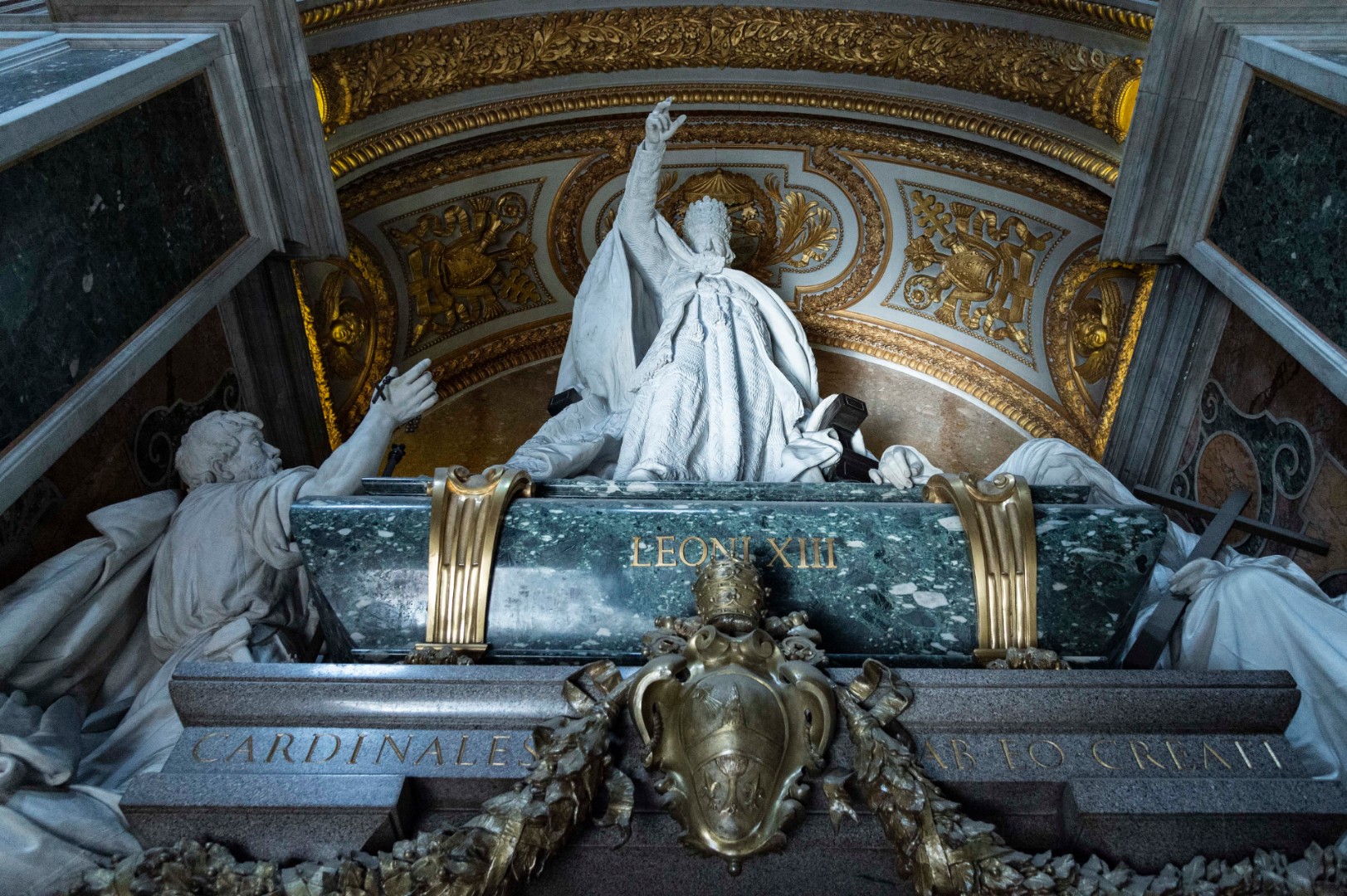Among the many works of art, monuments and chapels in the basilica, the tomb of Leo XIII, the pope of Rerum Novarum, who wanted to be buried in the basilica, is worthy of mention. His tomb is above the door leading into the sacristy - the pontiff's body was smuggled into the basilica at night, in a period of anti-clericalism following the Unification of Italy.
The organ, high up in the right transept, is an ancient instrument built by Luca Blasi in the years 1595-1599, when instruments had still not been “tempered”. It was played by G. W. Haendel, among others. The nomenclature of the seven notes still in use today (ut[then do]-re-mi-fa-sol-la-si) was born precisely at Saint John Lateran, starting with a hymn to Saint John the Baptist - Ut queant laxis - whose verses began with such syllables.
The Corsini Chapel, the first on the left, was realized by Galilei, who then erected the façade, for the family of Pope Clement XII, and it is a jewel of the late Roman Baroque. The central entrance portal to the basilica is one of three preserved bronze doors from the Roman era. It formerly belonged to the Roman Senate, and Borromini, when restoring the interior of the basilica, had it “adjusted” for the new arrangement, raising it a few centimetres.


